
Web
Development

Web development can be a daunting task for non-technical users, but now, there are tools such as website builders available to all.

Mobile
Development

The definition of mobile application development can be broad—encompassing all the processes involved in the creation and release of a mobile app

Product Design

Product design involves the design of mobile apps, web applications, IoT devices, desktop applications, and more.

System Programmers

Systems programmers use programming languages to develop software and hardware components and control computer operations in a constrained environment.
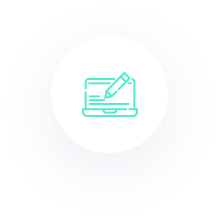
Website- A Valuable Resource
Not Just An Expense
All this depends on the mindset of businesses and other organizations who firmly assume websites are money-focused expenses for them. It’s a pure illusion that needs to be swept away, a website is a valuable asset which has the potential to produce 4-5x post-launch revenue, and thus its value continues to grow with hardly any maintenance now and then meanwhile. Being the best web designing company in Chennai, we at iStudio Technologies design as per your needs and we make your investment worthy.

Design standards
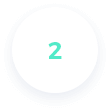
Security

Unique creation
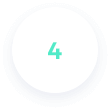
Industrial standards
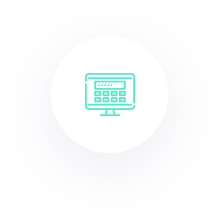
Technologies
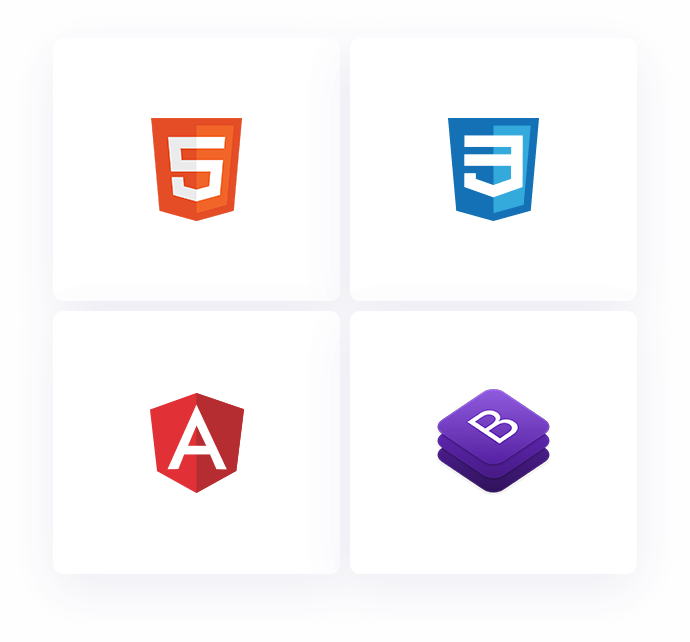
If you are wondering about the basics of web technologies, app technologies, and how everything connects and works together, then this article is for you. We will cover key concepts like the frontend and backend, and include visuals to show you how this looks in practice.
Client-Side vs. Server-Side:
Explains the roles of client-side (what users interact with in their browsers) and server-side technologies (servers that process user requests), which are crucial for building websites and apps.
Programming Languages and Frameworks:
Discusses various languages like PHP, JavaScript, and Python, and their corresponding frameworks such as React and Django, which are used to create dynamic and efficient websites.
Databases:
Covers the use of SQL and NoSQL databases, like MySQL and MongoDB, which store and manage the data needed by web applications.
Server Administration: Introduces server software like Apache and NGINX, which handle requests between a user’s browser and the server.
Modern Web Structure:
Details the shift from traditional to modern web architectures that separate the front end from the back end with APIs facilitating communication, improving website performance and user experience.
IoT and APIs:
Outlines how Internet of Things (IoT) devices interact through the web and the role of APIs in enabling different software applications to communicate efficiently.
Traditional Web Technology Structure
The interplay between these elements can be visualized as follows (with each circle representing a web technology).
Please note that this is a more traditional server setup used to drive websites and much of the older web. This structure has been around for a long time and is still used today. However, more modern API-first approaches are now commonplace. We will touch on these later in this article.
It is the web server’s job to give the web browser the relevant HTML, CSS and JavaScript code that it needs to display an interactive web page. It is the web browser's job to interpret these languages to display a web page properly.
Conclusion
In summary, this guide has provided a clear overview of the key components in web development, from client-server dynamics to APIs, and the role of IoT devices. Understanding these elements is essential in today's digital world, not just for developers but for anyone interacting with web technologies. With this knowledge, you can better understand the workings behind websites and apps, paving the way for more informed interactions and potential contributions to the field of web development.
